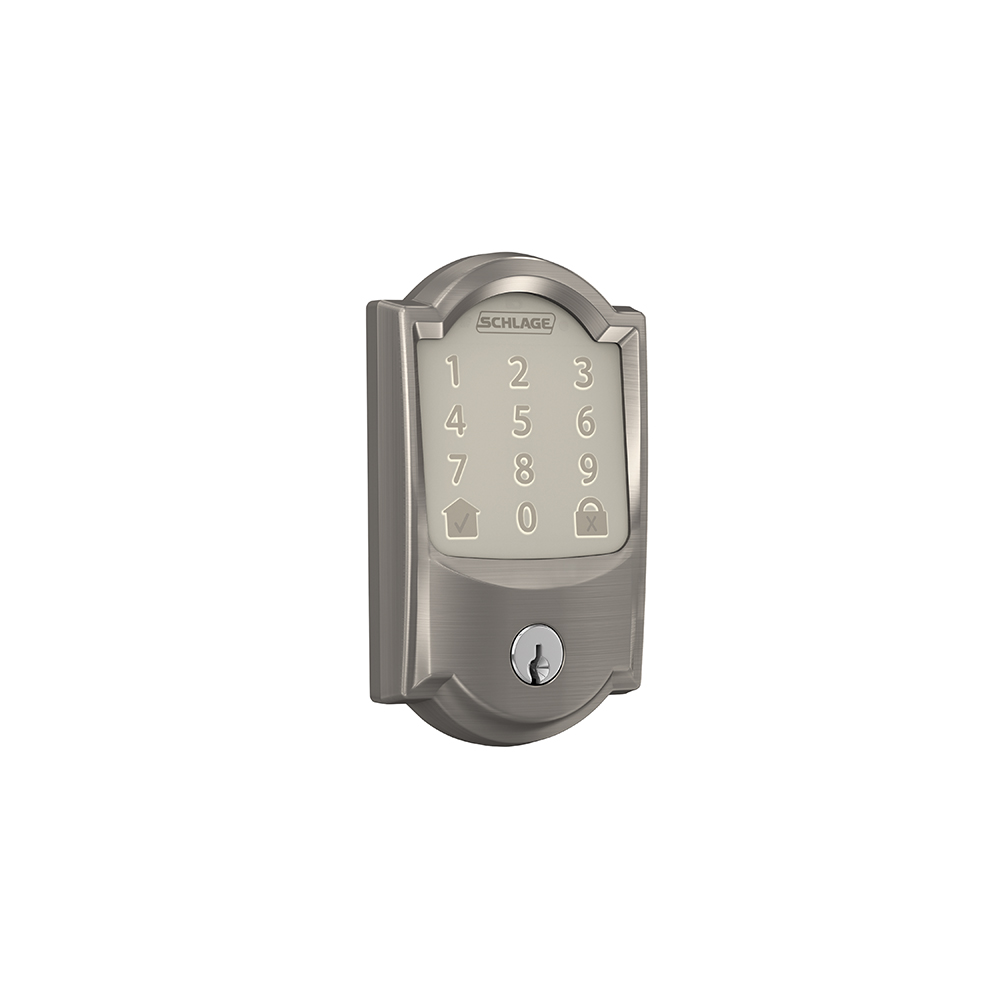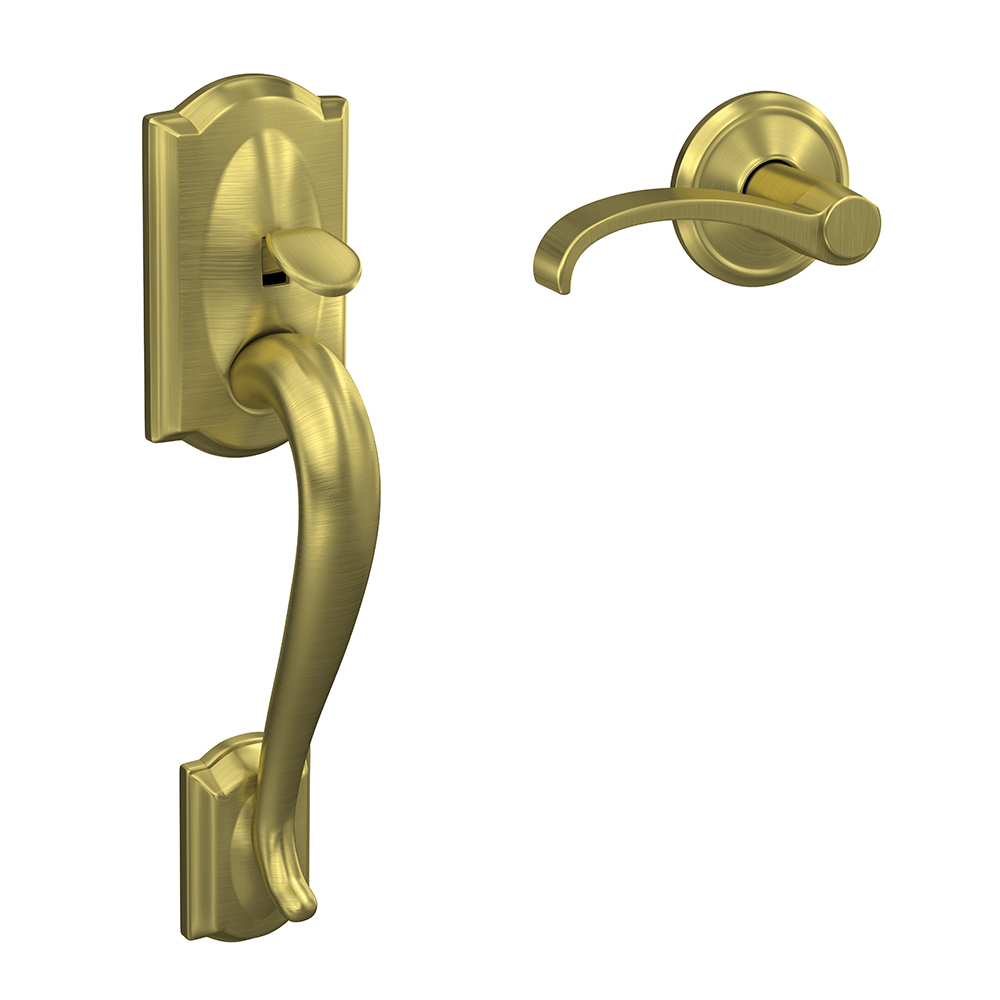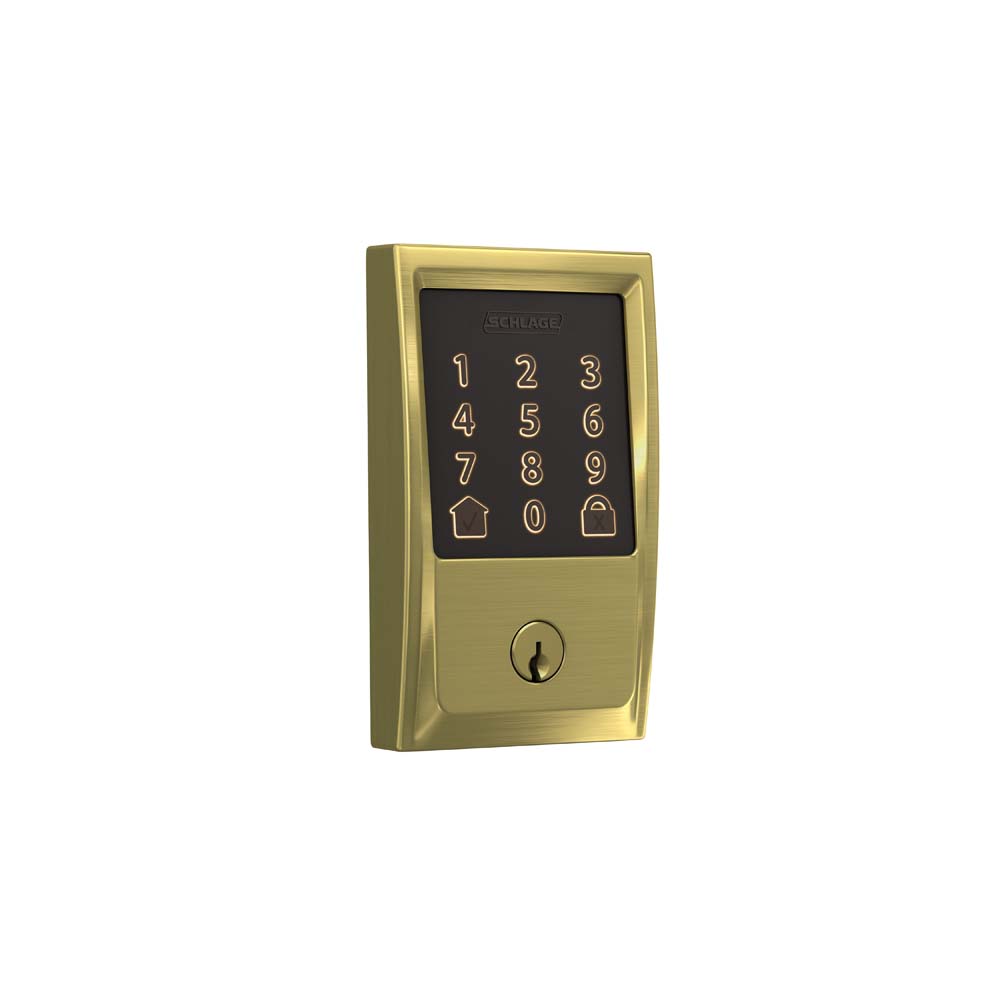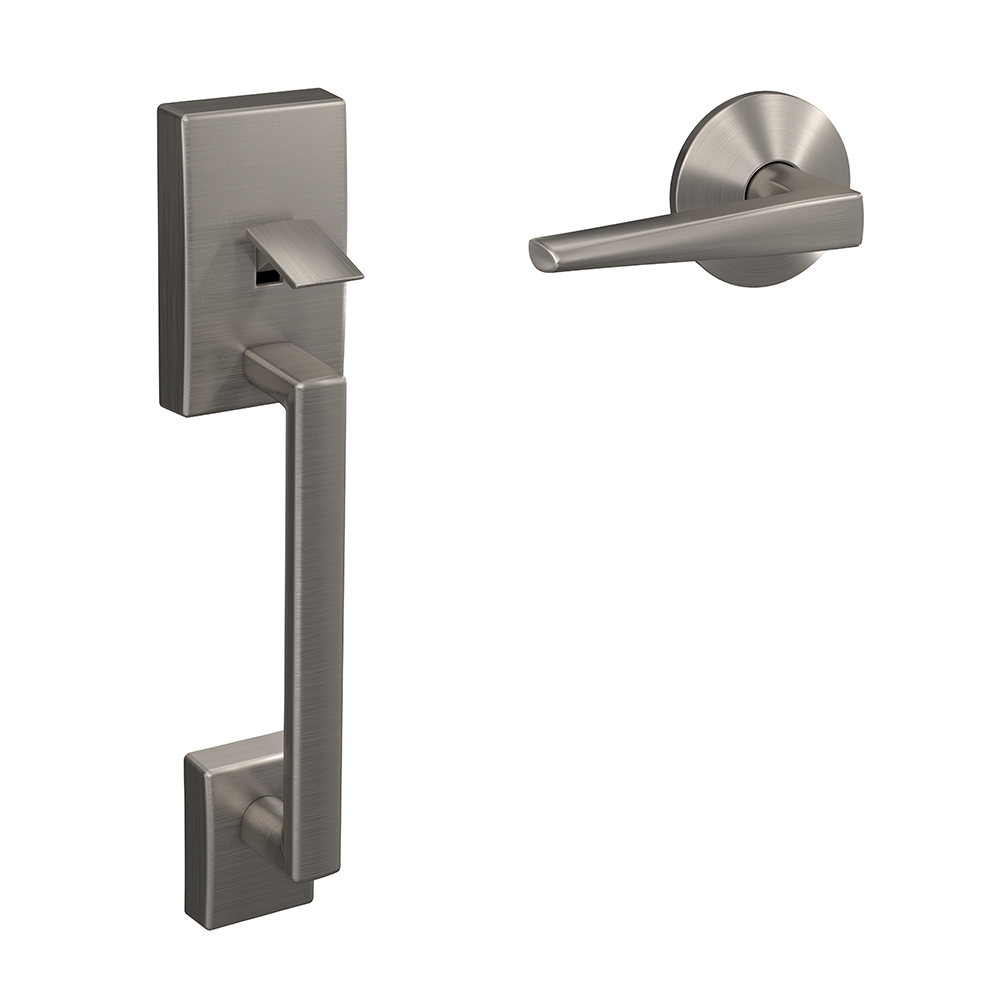Oh, how we’ve changed! 100 years of style and innovation.
Wednesday, July 29, 2020
Why are our houses built the way they are? What was American home life like 20, 40, 100 years ago? When we look back on the last century, we can uncover the unexpected history of us.
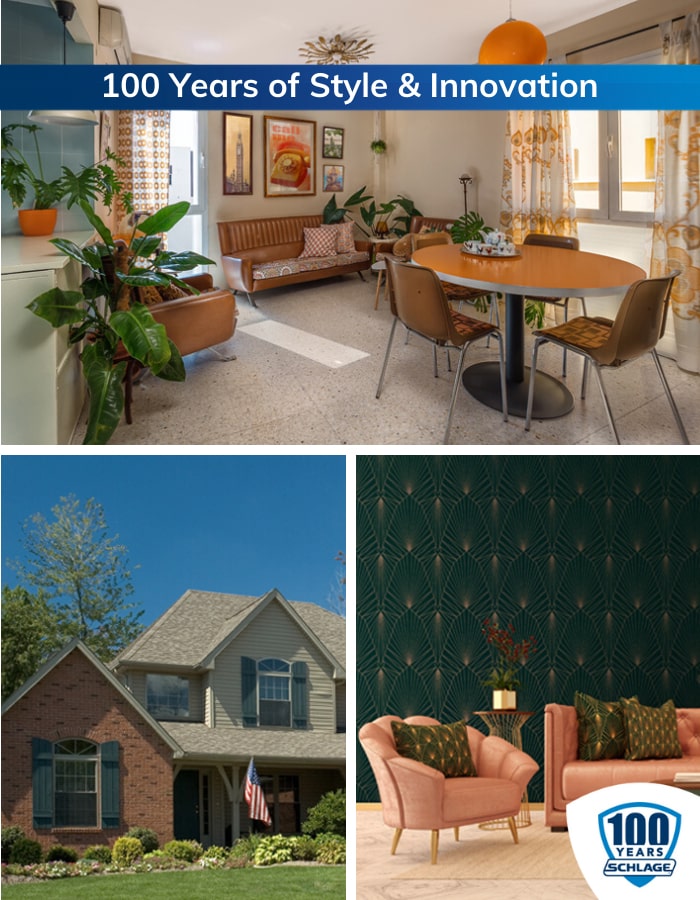
1920s: Home style that was the cat’s pajamas
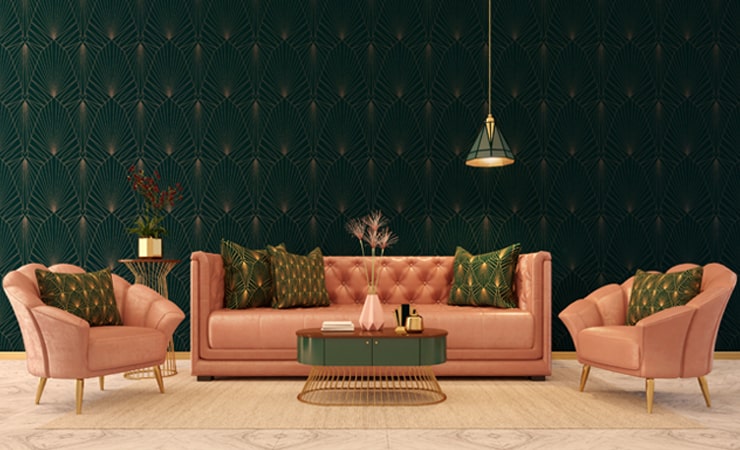
- Art Deco style debuted, letting us display our prosperity on the heels of World War I.
- Electricity became more common in homes, replacing gas lighting and giving us vacuums, toasters and electric irons. Its high cost led to a tradeoff for smaller homes, resulting in the Western bungalow.1
- WWI taught us a lot about cleanliness and nutrition. Companies sold appliances with “sanitary” metal finishes and promoted the health benefits of pasteurized milk, Grape Nuts and congealed salads. 2
- Walter Schlage invented the push-button lock, changing forever the way we secure our homes.
1930s: Keen design through tough times
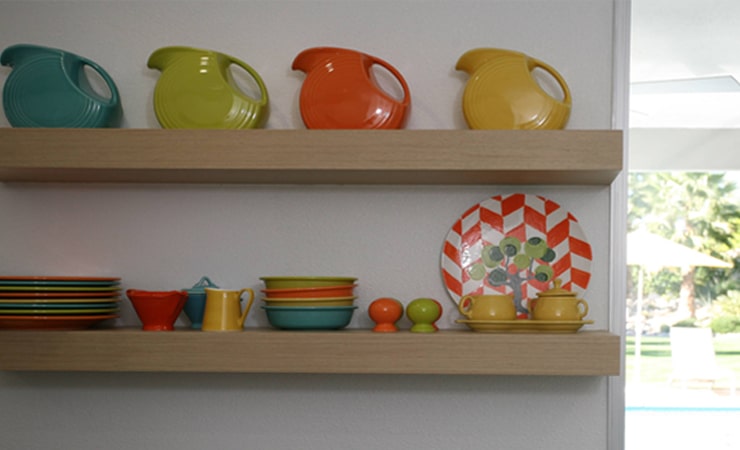
- The Great Depression meant that few new homes were built. Those who already owned homes often defaulted on their mortgages at alarming rates.3
- To help make ends meet, growing and canning your own food became more common.
- In an effort to provide people with affordable, durable and cheery home goods, Fiestaware and Depression glass were introduced.
- More homes had refrigerators as they became more reliable and consumers could buy them on credit.4
1940s: Victory began at home
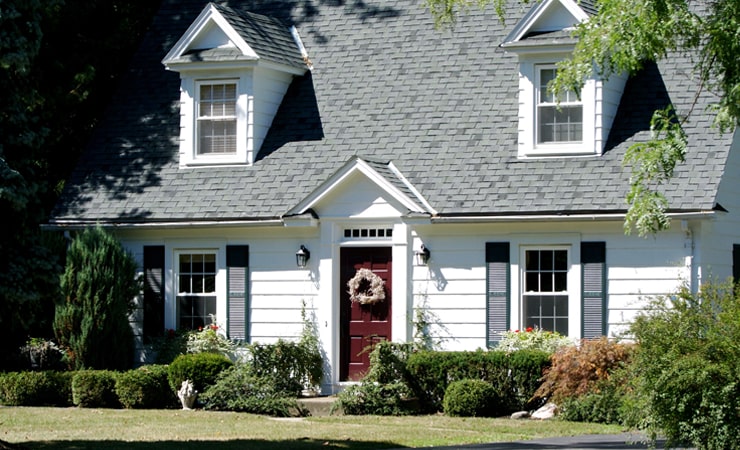
- People’s lives were consumed by patriotism as they planted Victory Gardens at home and women followed Rosie the Riveter into the factories.
- Many companies, including Schlage, transitioned from producing their typical goods to manufacturing munitions needed for war.
- The post-war construction boom led to popularity in Cape Cod and kit homes, which could be constructed quickly. Life for many shifted to the suburbs as people began to chase the American Dream again.
1950s: Swell mid-century style
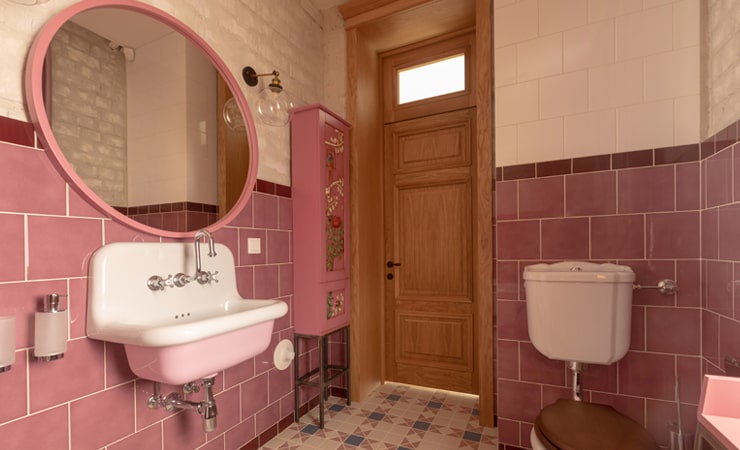
- Ranch-style homes, complete with picture windows and garages, became popular and barbecue pits were a sign of being well-off.5
- New home features included laminate and Formica, “First Lady Pink” and Mid-Century Modern furniture.
- Fixing up the home with DIY projects became more common and it often involved the entire family chipping in.6
- Many women, wishing they could still be a part of the workforce after the war, found an outlet by hosting Tupperware parties from their home.
1960s: Home décor that was outta sight!
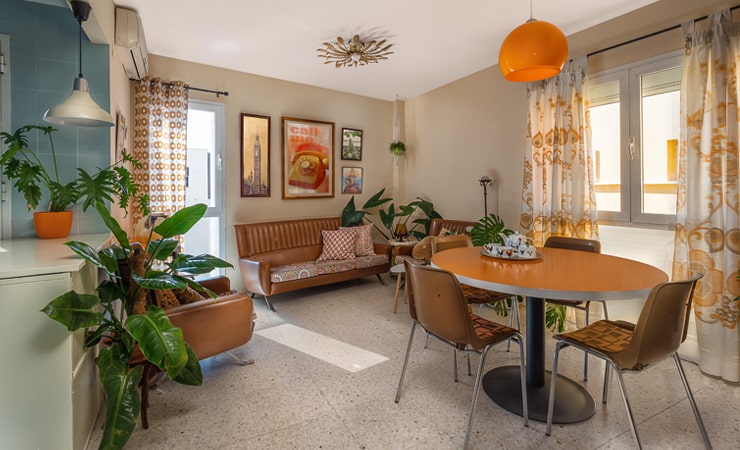
- Split-level and A-frame houses were the home style of choice for many.
- Décor could often be traced back to larger cultural movements, including patterns tied to Flower Power and Sputnik chandeliers inspired by space exploration.
- Colored plastics, Lucite furniture and, of course, lava lamps were common.
- Julia Child and Jacqueline Kennedy influenced homemakers, giving them the inspiration and the skill to emulate these sophisticated and elegant role models.
1970s: Far out style right at home
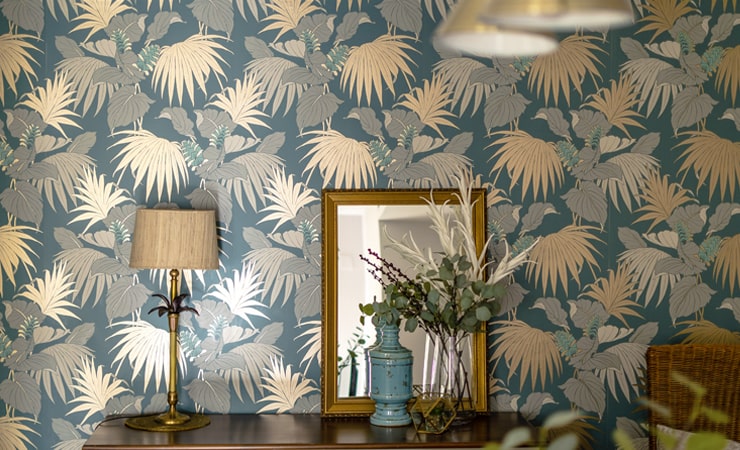
- Few things say “1970s” like shag carpet and macramé. Homes also often had sunken living rooms, water beds and plenty of earth tones.
- Americans paid greater attention to the energy crisis resulting in earthships, meant to leave a small environmental footprint.
- Microwaves were introduced to the home, letting kids fix their own after-school snacks and parents make dinner with less effort than ever before.
- Color television became a reality, adding new enjoyment to The Brady Bunch, while Star Wars debuted in theaters.
1980s: Looks that were most excellent
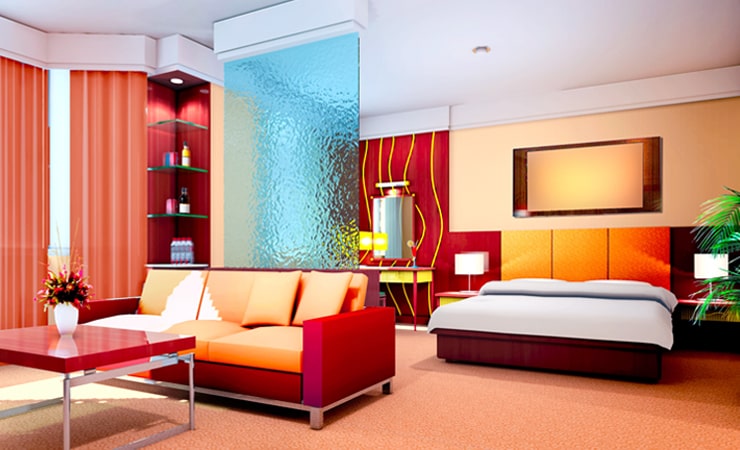
- Technology made major jumps. Now small and simple enough for the average user, Apple released the first Macintosh in 1984.7
- Shed-style homes, today often seen as cabins and woodsy vacation homes, grew in popularity.
- The bright colors and abstract shapes of the Memphis style were popular in décor, as were bright brass finishes in hardware.
- The eighties were a decade of entertainment blockbusters that included hits like Raiders of the Lost Ark and E.T.: The Extra-Terrestrial as well as other pop culture favorites like Transformers and G.I. Joe on television.
1990s: Houses that were totally stylish
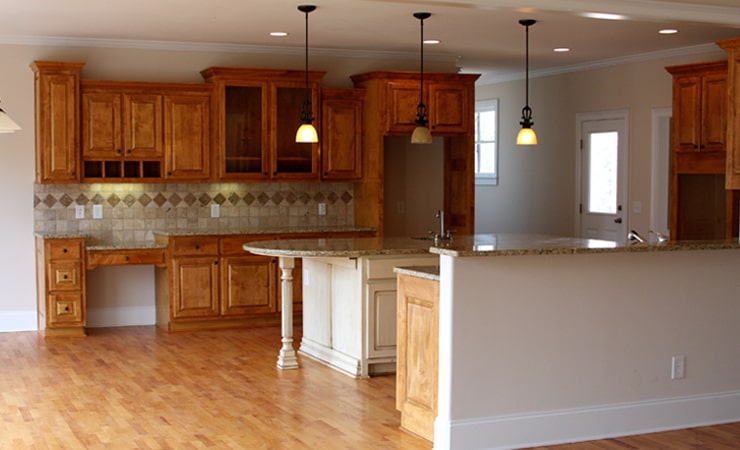
- Décor was characterized by the shabby chic aesthetic, while light pine and mirrored walls were a necessity for some nineties homes.
- Also popular were sponge-painted walls and oversized curtains, neither of which fit in later in the decade with the rise of minimalism.
- The first cell phones hit the market, although they had not advanced to the “smart” stage yet.
- Friends debuted in the middle of the decade and eventually became a cultural reference for entire generations.
2000s: Décor that was da bomb
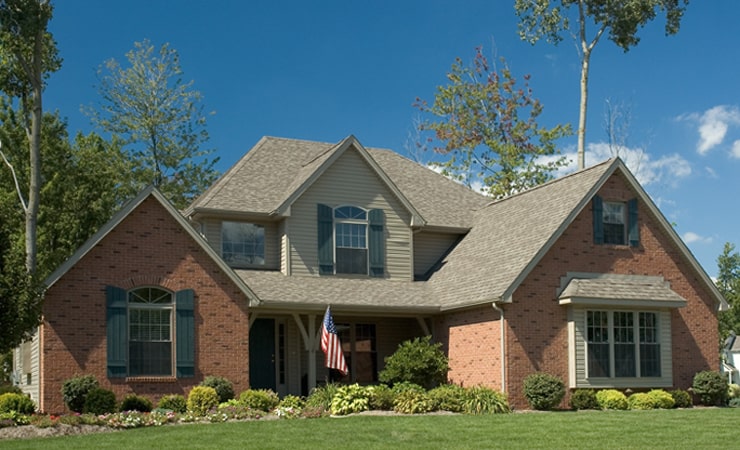
- More families lived in the suburbs. Many of those homes included multiple generations under one roof thanks to the Great Recession, giving rise to the “Boomerang Generation.”
- Perhaps due to watching our wallets, the “quickie reno” became a popular and effective way to give your home a lift without breaking the bank.
- While some homes adored Bubblegum Pink, others gravitated toward coffee-inspired colors for their décor.
- Technology put control at our fingertips and life on our schedule as the iPod and iPhone as well as DVR, Hulu and YouTube all came into existence.
2010s: Recent looks ICYMI
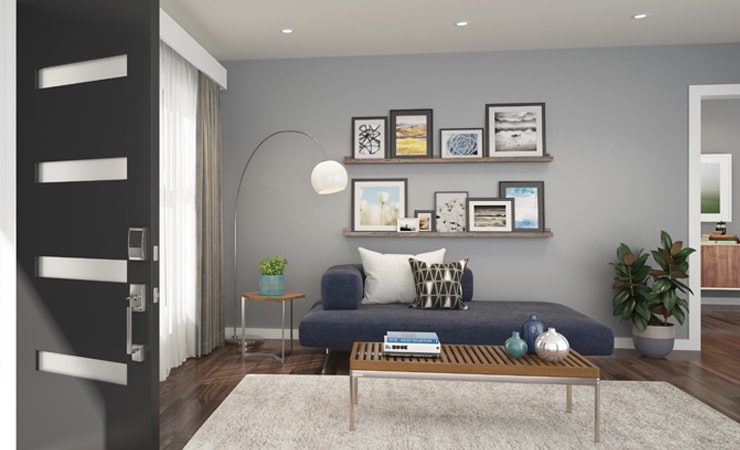
- Three home styles, all with very distinct feels despite using similar natural materials, became popular. Farmhouse Modern, Industrial Modern and Scandinavian were in vogue.
- Nearly a century after its heyday, Art Deco returned with people’s love of rich colors and mixing metals.
- Mid-Century Modern furniture also returned (thanks in part to our obsession with TV’s Mad Men), as did updated macramé, terrazzo and rattan furniture of seventies fame.
- Technology worked to simplify our lives as the Schlage Encode™ Smart WiFi Deadbolt was introduced, along with other technological revolutions like the Amazon Echo and Alexa, AirPods and ride sharing apps.
Find a more complete snapshot of who we were and who we’ve become at Schlage.com.
1 Kyvig, David E. Daily Life in the United States 1920-1940: How Americans lived through the 'Roaring Twenties' and the Great Depression. Ivan R. Dee, 2004.
2 McBride, Tom, Nief, Ron The Mindset Lists of American History: From Typewriters to Text Messages, What Ten Generations of Americans Think is Normal. Wiley, 2011.
3 Kyvig, David E. Daily Life in the United States 1920-1940: How Americans lived through the 'Roaring Twenties' and the Great Depression. Ivan R. Dee, 2004.
4 Lindop, Edmond. America in the 1920sTwenty-First Century Books, 2010.
5 McBride, Tom, Nief, Ron. The Mindset Lists of American History: From Typewriters to Text Messages, What Ten Generations of Americans Think is Normal. Wiley, 2011.
6 McBride, Tom, Nief, Ron. The Mindset Lists of American History: From Typewriters to Text Messages, What Ten Generations of Americans Think is Normal. Wiley, 2011.
7 Kurin, Richard. The Smithsonian's History of America in 101 Objects. The Penguin Press, 2013.





